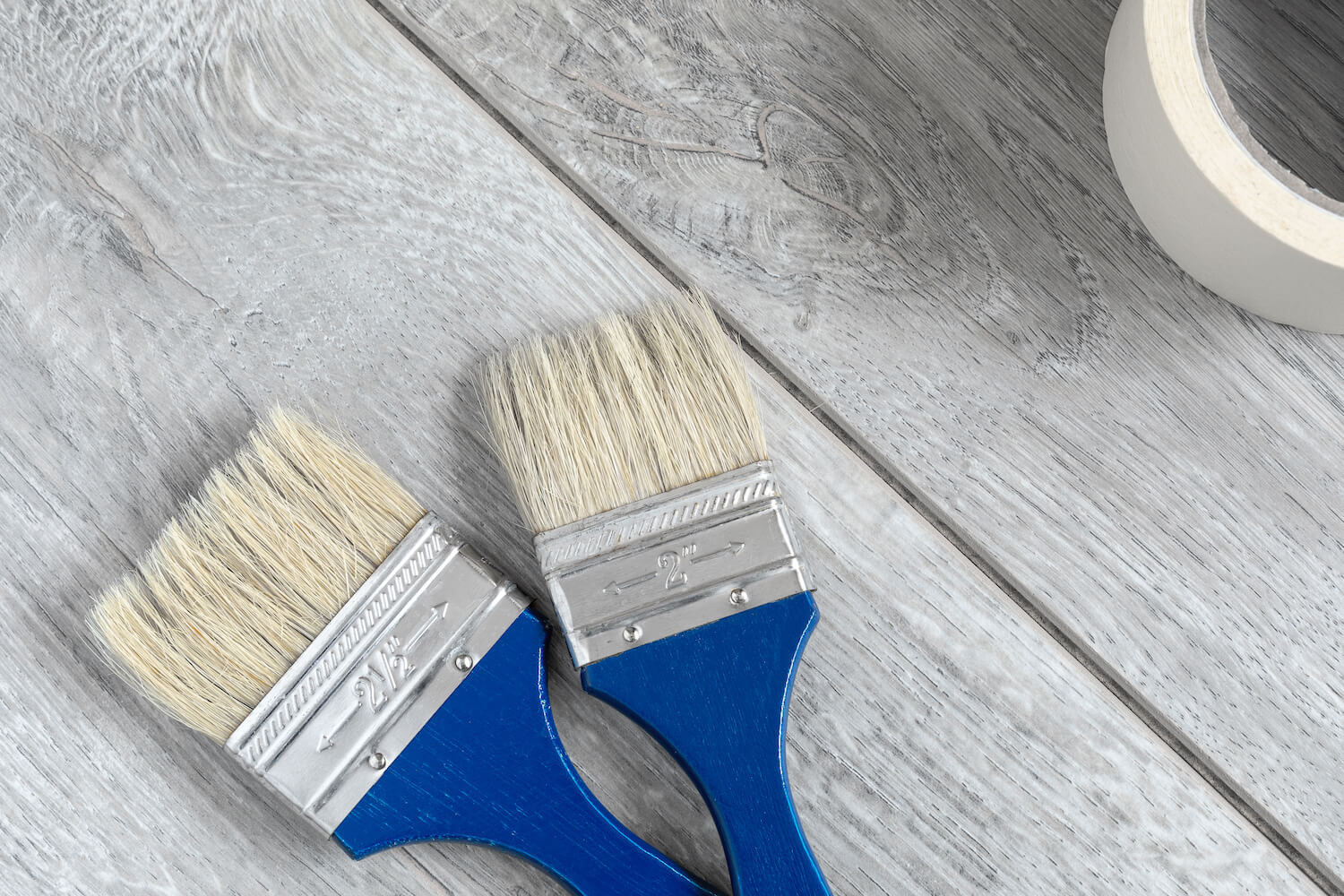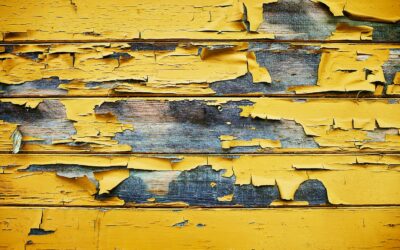
Painting exterior surfaces on a regular basis have practical uses beyond its aesthetic value. A well-executed painting project can help keep your home looking fresh and new while also shielding it from the weather. But how can you tell if it’s time to repaint your house? If you aren’t sure whether it’s time to repaint your home, here are three signs that it is.
Fading color
Loss of color from exposure to UV radiation over time may not seem like a big deal. UV rays from the sun degrade the chemical composition of coatings and paints over time. Therefore, the first sign of paint film degradation is a dull, washed-out appearance on exterior surfaces. If the exterior paint on your home has faded, it’s time to get in touch with residential painting contractors to have it repainted.
Worth knowing:
Darker, bolder colors fade faster than lighter colors. Fading can be hard to gauge because it affects colors differently over time. Examining the original paint sample or any leftover paint and comparing it to the finished paint job is one way to figure out the level of fading that has happened.
There are cases in which chalky residue is to blame for the discoloration of an item. Paint films that have been subjected to excessive chalking have lost their ability to protect against the elements and are now vulnerable to their effects. The chalky residue is a warning sign that it’s time to repaint the exterior of your home.
Cracking or peeling paint
Paint that is peeling or cracking – If you find that any areas of the paint on your home are peeling or cracking, you need to repaint it as soon as possible. As long as these parts are subjected to the elements—including rain, snow, and sunlight—they will deteriorate. Waiting too long to repair exterior surfaces that have been damaged can put your home’s framework at risk. As time goes on, you’ll have to pay for countless expensive repairs.
Intriguing fact:
If the paint film on your home is damaged in any way (cracking, peeling, flaking off), it is no longer doing its job of protecting the underlying structure. When this happens, wood-destroying fungi have a chance to feast on the bare wood, threatening the integrity of your home’s framework.
Mold
Mildew, mold, and water stains are persistent issues. However, discolorations aren’t just an eyesore; they may also indicate a more serious problem that poses a threat to your health. Therefore, expert painters recommend that you promptly repaint your home after locating and fixing the sources of mold, mildew, and water stains.
Important to note:
Mildew and mold can be eliminated, but only if the proper chemicals are used. Even with anti-mold paint, painting over mold spores will worsen the problem.
Water damage, including mold growth, can result from a wide variety of sources. Before you start painting, make sure there are no water leaks, clogged gutters, cracked walls, or leaking roofs.
Your exterior paint may last for years. It’s important to keep in mind that there’s a finite amount of time that any given coating system can function properly. The average lifespan of high-quality paint is 7–10 years, while budget paints typically only last 6 years. If you know what kind of paint was used to paint your home, you should paint it again before the coating wears out, even if there aren’t any obvious signs of damage.
Read Other Blog Posts
Advice: How to Choose the Perfect Color for Your Kitchen Cabinets
Choosing the right color for...
5 Signs It’s Time to Repaint Your Home: Don’t Ignore These Red Flags
Your home is more than just a...
Choosing Affordable Expert Paint Services That Don’t Compromise Quality
The quest for affordable yet...
Reasons Why Professional Painting Services are Vital for Commercial Properties
The façade of a commercial...
The Dos and Don’ts of Choosing Paint Colors for Your Home
Selecting paint colors for...
House Budgeting Brilliance: A Guide to Estimating Interior Painting Costs
Painting your home's interior...






